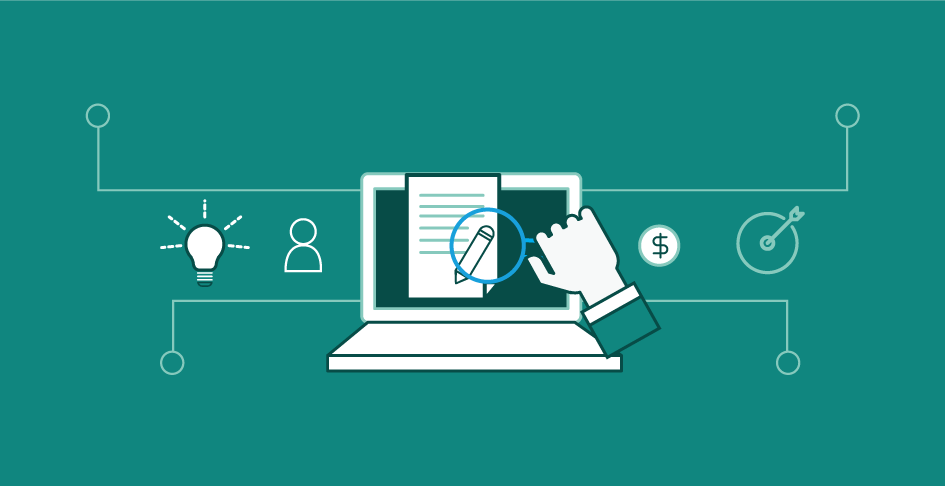The Complete Guide to Commercial Plumbing Cost Estimation
- Get link
- X
- Other Apps
Factors Affecting Commercial Plumbing Costs
1. Scope of Work
- The extent of plumbing work directly impacts costs. Projects can range from simple repairs and replacements to complex installations for large-scale commercial buildings.
- Commercial plumbing cost estimator: Determining the scope accurately is crucial for a precise estimate.
2. Type of Building
- Different types of commercial buildings (e.g., office buildings, restaurants, hospitals) have varying plumbing needs and regulatory requirements, influencing costs significantly.
- Understanding the specific needs of your building type helps in planning and budgeting effectively.
3. Plumbing Fixtures and Equipment
- The selection and quality of fixtures (e.g., sinks, toilets, faucets) and equipment (e.g., water heaters, pumps) impact costs directly.
- Opting for durable, efficient fixtures can reduce long-term maintenance costs.
4. Piping Materials
- The choice between materials like copper, PVC, PEX, and stainless steel affects both initial installation costs and long-term maintenance expenses.
- Factors such as durability, compatibility with local codes, and ease of installation should be considered.
5. Accessibility and Site Conditions
- Ease of access to plumbing systems within the building and site conditions (e.g., existing infrastructure, ground stability) can influence labor costs and project timelines.
- Assessing these factors helps in anticipating potential challenges and additional costs.
6. Regulatory Compliance
- Compliance with local building codes, health regulations, and environmental standards is non-negotiable in commercial plumbing projects.
- Failure to meet regulatory requirements can lead to fines, delays, and costly revisions.
Steps to Estimate Commercial Plumbing Costs
1. Preliminary Assessment
- Conduct a thorough site visit and assessment to understand the scope of work, existing conditions, and client requirements.
- Document observations and measurements to inform detailed cost estimates.
2. Detailed Plans and Specifications
- Develop detailed plumbing plans and specifications in collaboration with architects, engineers, and stakeholders.
- Include materials, fixtures, equipment specifications, and compliance requirements.
3. Material and Equipment Costs
- Obtain quotes from suppliers for plumbing materials, fixtures, and equipment based on project specifications and quantities required.
- Compare prices to ensure competitive rates without compromising quality.
4. Labor Costs
- Estimate labor costs based on the scope of work, required skill levels, and local labor rates.
- Consider factors like union regulations, overtime costs, and specialized certifications.
5. Contingency and Overhead
- Allocate a contingency budget (typically 10-15% of total costs) to cover unforeseen expenses and fluctuations in material or labor prices.
- Factor in overhead costs such as project management, permits, insurance, and administrative expenses.
6. Bidding and Negotiation
- Invite bids from licensed and reputable commercial plumbing contractors.
- Evaluate bids based on cost, experience, references, and compliance with project requirements.
7. Review and Finalize
- Review cost estimates with key stakeholders to ensure accuracy and alignment with project goals.
- Finalize budget and timelines before proceeding with procurement and construction.
Cost Estimation Tools and Resources
1. Commercial Plumbing Cost Estimator Software
- Utilize specialized software tools that integrate project parameters to calculate accurate cost estimates.
- These tools streamline the estimation process and provide detailed breakdowns of material, labor, and overhead costs.
2. Industry Standards and Guidelines
- Refer to industry publications, guidelines, and cost data from professional associations (e.g., Mechanical Contractors Association of America) for benchmarking and validation.
- Stay updated with market trends and technological advancements impacting plumbing costs.
3. Professional Expertise
- Consult with experienced commercial plumbers, engineers, and estimators to gain insights into cost-effective solutions and best practices.
- Leverage their expertise to refine estimates and mitigate potential risks.
Managing Commercial Plumbing Costs Effectively
1. Value Engineering
- Explore alternative materials and design options that offer cost savings without compromising quality or performance.
- Engage stakeholders in value engineering workshops to brainstorm innovative solutions.
2. Project Management
- Implement robust project management practices to monitor costs, schedule adherence, and quality control throughout the construction phase.
- Regularly update stakeholders on budgetary status and any deviations from initial estimates.
3. Sustainability and Efficiency
- Invest in water-efficient plumbing fixtures and energy-saving technologies to reduce operational costs and environmental impact.
- Consider lifecycle costs and return on investment when evaluating sustainable plumbing solutions.
Conclusion
Accurate commercial plumbing cost estimation is fundamental to the success of any construction or renovation project. By understanding the key factors influencing costs, leveraging advanced estimation tools, and collaborating with experienced professionals, stakeholders can navigate complexities and optimize budget allocation effectively. Whether you're a developer, facility manager, or contractor, mastering the art of commercial plumbing cost estimation ensures informed decision-making and project outcomes that meet both financial and operational objectives.
In summary, adopting a systematic approach—from initial assessment to final bid evaluation—empowers stakeholders to mitigate risks, maximize efficiency, and deliver high-quality plumbing solutions tailored to the unique needs of commercial environments.
By integrating these principles into your planning and execution, you can confidently embark on commercial plumbing projects knowing that your cost estimates are thorough, accurate, and aligned with industry best practices.
- Get link
- X
- Other Apps



Comments
Post a Comment